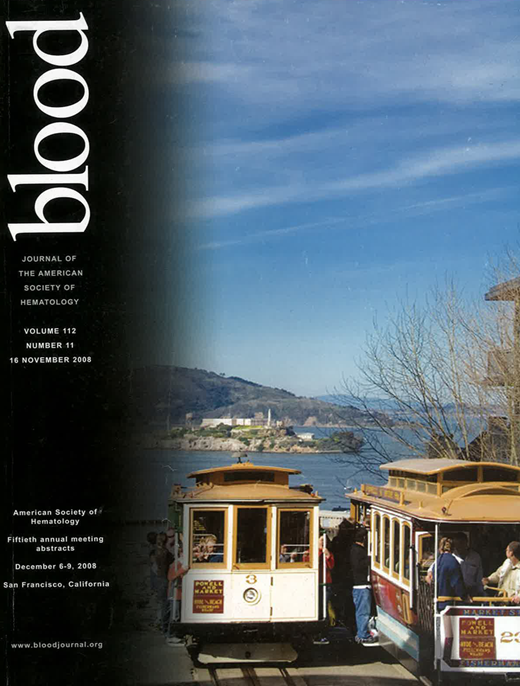Abstract
Diffuse Large B-Cell Lymphoma (DLBCL) is the most frequent aggressive non-Hodgkin’s Lymphoma (NHL) in adults. Presently, prognostic stratification relies on clinical characteristics and International Prognostic Index (IPI) is currently the most useful tool to identify high-risk patients (pts). Positron Emission Tomography (PET) with fluorodeoxyglucose (18F[FDG]) has been used to assess chemosensitivity in Hodgkin’s lymphoma: we investigated the role of 18F[FDG]-PET as prognostic tool in DLBCL treated with a R-CHOP-like chemotherapy. Forty-two pts with newly diagnosed DLBCL treated in our Institute from February 2006 to February 2008 were enrolled in this prospective study. Median age was 59 years (range 24–80), seventeen pts were male (40%); bulky disease was present in 20 pts (48%). Stage was I–II in 18 (43%) and III–IV in 24 pts (67%); IPI was low in 20 pts, low-intermediate in 12 pts, high-intermediate in 5 pts and high in 4 pts. Twelve pts (29%) had a primary extranodal DLBCL. Pts were treated with 6 cycles of CHOP-like treatment, associated with Rituximab in all but one patient; cycles were repeated every 21 days. An interim 18F[FDG]-PET was performed after three cycles (interim 18F[FDG]-PET) and at the completion of treatment (18F[FDG]-PET6). Interim PET result did not change the planned treatment; response was assessed with 1999 Cheson’s criteria. Four pts received radiotherapy after chemotherapy. Overall, 36 pts obtained a complete response (CR), the remaining six pts failed to obtain a CR. Median follow-up was 15 months (range 5–31 months); eight pts relapsed, and six patients died, two of them in CR. Overall survival (OS) at 2 years was 78%, and event-free survival (EFS) at 2 years was 77%. Interim 18F[FDG]-PET was performed after a median interval from the last therapy of 13 days (range 3–21) and was negative in 28 pts (interval 12 days) and positive in 14 pts (interval 13 days). Six positive and two negative interim 18F[FDG]-PET pts relapsed: sensitivity was 75%, specificity was 76%, positive and negative predictive values were 43% and 93%, respectively. Overall, 18F[FDG]-PET6 was positive in eight pts and negative in 34 pts; six positive and two negative 18F[FDG]-PET6 pts relapsed: sensitivity was 75%, specificity was 94%, positive and negative predictive values were 75% and 94%, respectively. The EFS at 2 years in pts with negative interim 18F[FDG]-PET was 90%, in positive interim 18F[FDG]-PET pts was 55%, which resulted statistically significant at the univariate analysis (p=0.01), as well as 18F[FDG]-PET6 (p=0.00). In all relapsed pts but one a salvage therapy with intensified chemotherapy and autologous stem cells transplantation (ASCT) was planned: four pts progressed during treatment or shortly after ASCT, and in three pts treatment is still ongoing. Interim 18F[FDG]-PET was proposed as a prognostic tool in DLBCL. Our data showed that interim 18F[FDG]-PET was statistically associated with EFS, however, nine pts (64%) with a positive interim 18F[FDG]-PET obtained a CR after induction treatment, and eight of them (89%) did not relapse. Our findings do not support an early intensification of pts with DLBCL with a positive interim 18F[FDG]-PET because of the risk of overtreatment of a large part of these pts; however, we performed interim 18F[FDG]-PET after three cycles of therapy, and this could have influenced the results. A longer follow-up and a greater number of pts could be necessary to draw definitive conclusions.
Disclosures: No relevant conflicts of interest to declare.
Author notes
Corresponding author

